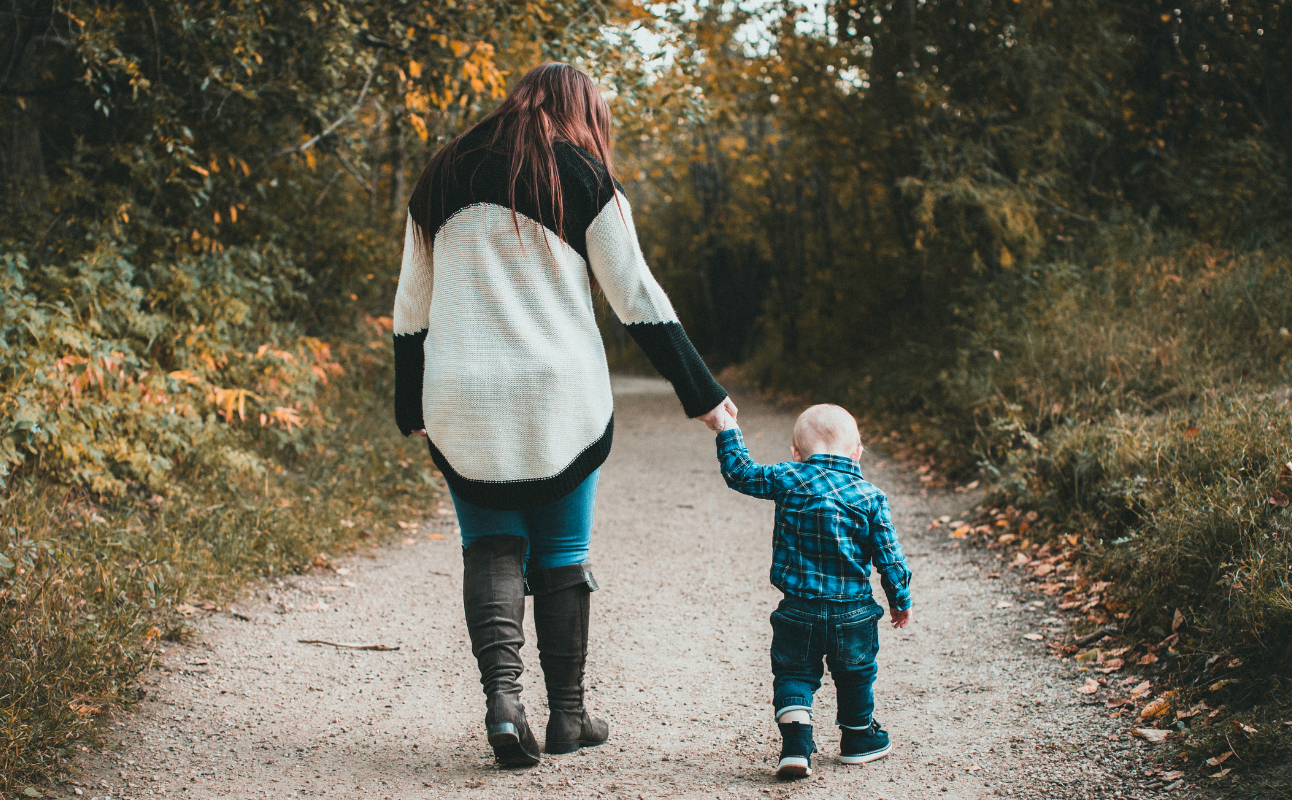
Children and young people Insights dataset
Annual evidence from our Insights database about specialist children's domestic abuse services.
Welcome to our brand new website, providing you with easier access to our training, research and resources!
2017 Insights briefing
At the time they start school, at least one child in every class will have been living with domestic abuse since they were born.
This briefing looks at the evidence on child survivors of domestic abuse in more detail.
SurvivorFear of social services was the main single source of stress and at times... In many ways the institutions that were supposed to help me were the most dangerous since they had more power to take my daughter away from me than my abusive husband.


